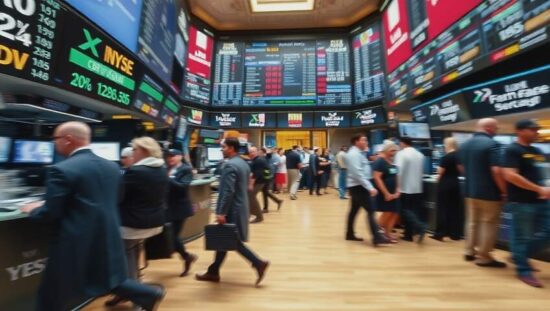The DAX index commenced trading Thursday displaying fragility, settling around 23,990 points – a 0.2% decrease from the previous day’s close. This fluctuation underscores a growing sense of unease amongst investors, punctuated by alternating positive and negative trading days over the last four sessions. Across the last twenty days, the DAX has demonstrated a remarkably even split, with ten days closing positively and ten negatively, highlighting the ongoing struggle for directional certainty.
Market analysts attribute this volatility to a pervasive lack of investor confidence amid persistent geopolitical concerns and a complex macroeconomic landscape. Thomas Altmann of QC Partners characterized the market’s behaviour as a “volatile up and down” noting the rapid buy-in of dips countered by swift selling during periods of recovery. This pattern raises questions about the sustainability of any upward momentum and suggests a reactive rather than proactive investment strategy is dominating the market.
A deeper dive into individual DAX constituent performance reveals a similar lack of clarity. While Zalando, Deutsche Post and Adidas led the gains, Commerzbank, Siemens Energy and Heidelberg Materials suffered losses. This divergent performance reflects the fragmented nature of the German economy and the varying degrees to which individual sectors are vulnerable to current headwinds – including energy price volatility and lingering supply chain disruptions.
The euro experienced a slight strengthening, trading at $1.1510, a marginal improvement reflecting ongoing efforts to stabilize the currency. However, the concurrent decline in oil prices, with Brent crude falling to $63.42, while providing temporary relief, simultaneously raises anxieties about global economic slowdown.
The market’s current state presents a critical juncture for policymakers and investors alike. The pervasive uncertainty and reactive trading patterns suggest a need for clearer strategic direction to foster stability and encourage more sustainable growth. The rapid shifts in sentiment highlight the vulnerability of the German economy to external factors, demanding a reassessment of approaches to mitigate risk and cultivate greater resilience.





